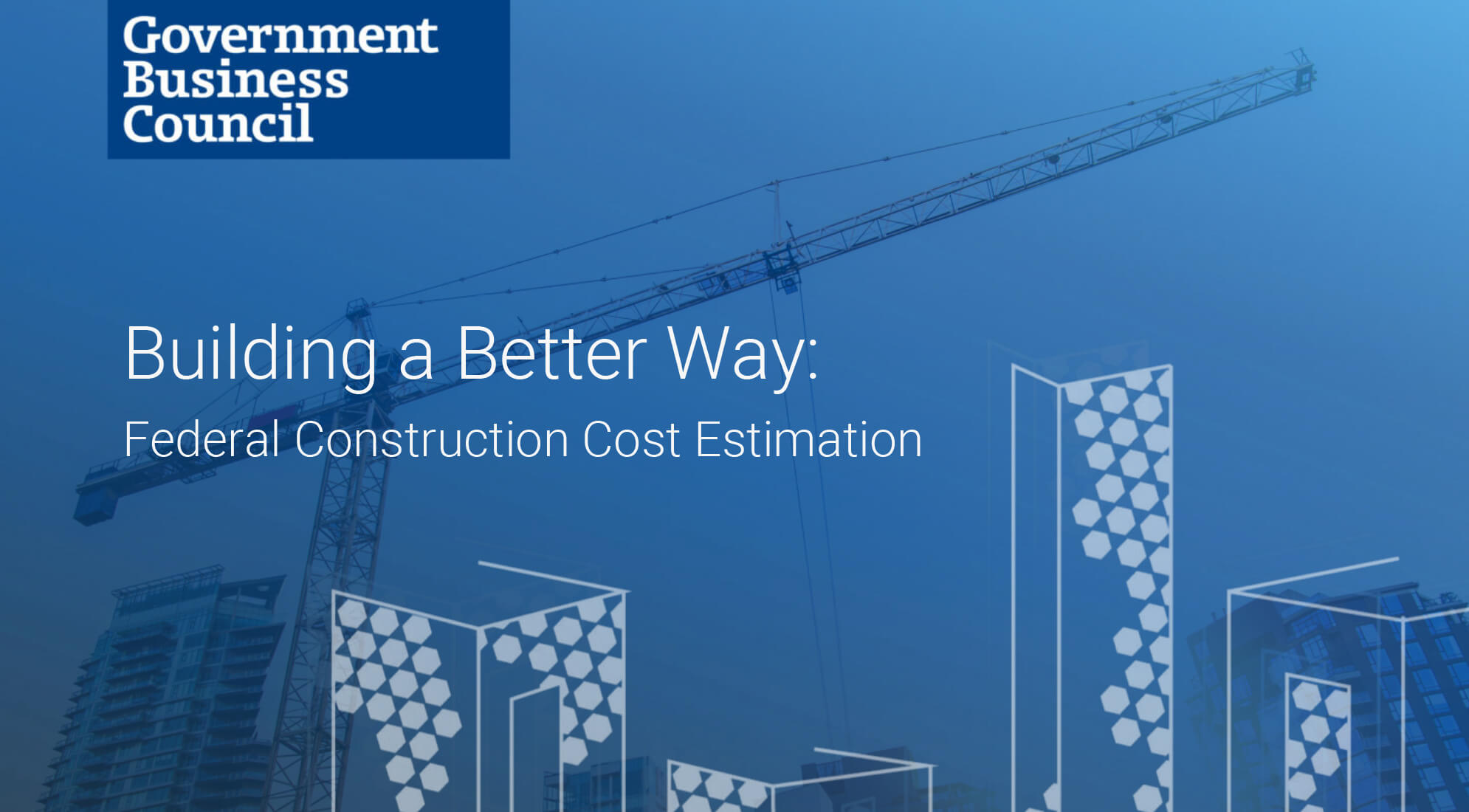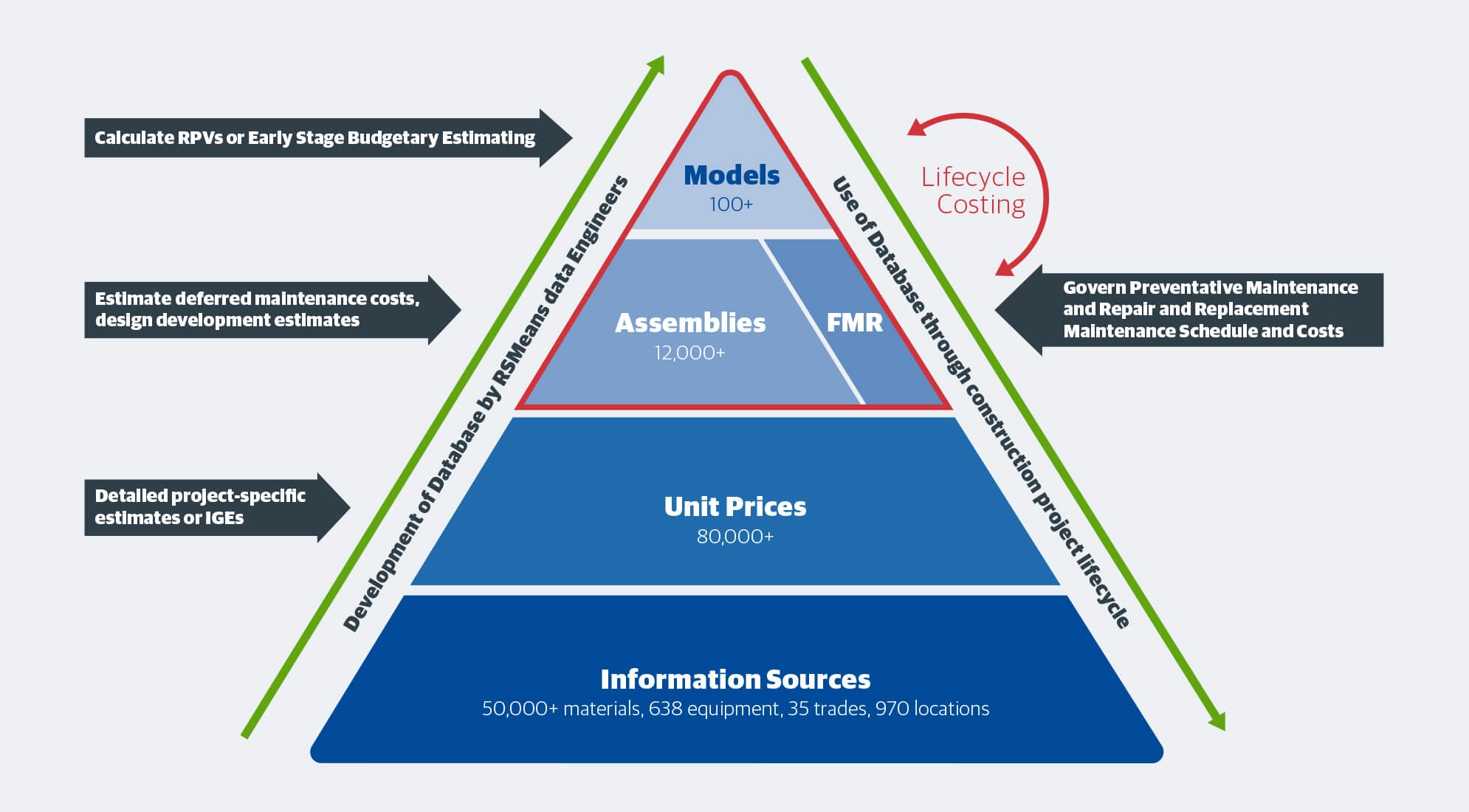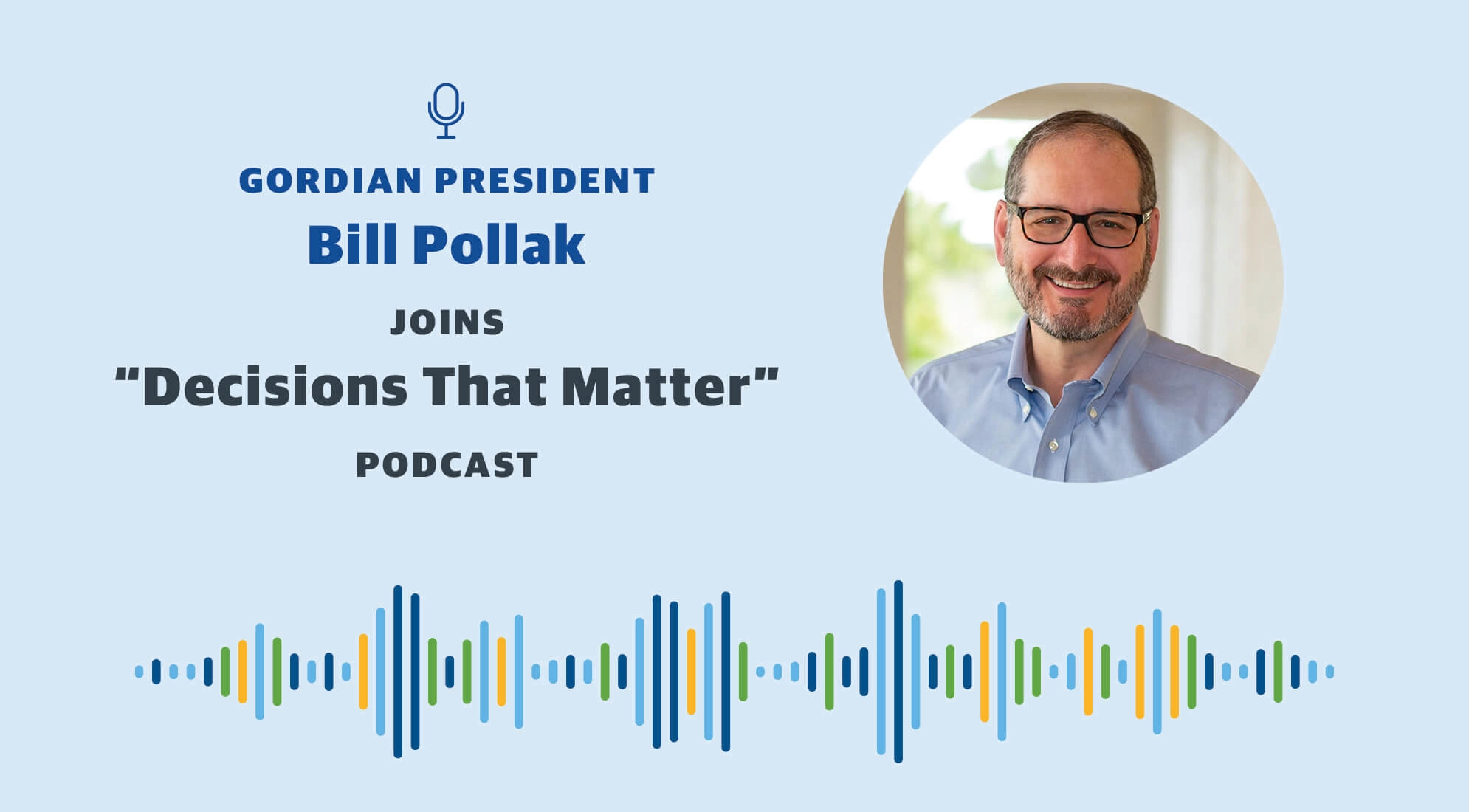The Federal government is responsible for funding many different types of construction projects, from hospitals to defense sites. And the funding doesn’t stop once the buildings are finished – the upkeep and maintenance of those facilities accrues on the Federal tab, as well. That’s why having accurate estimates for each Federal project is imperative.
Accurate construction estimates are key to a transparent and trustworthy project cycle, where funding decisions are based on reliable data and project progress can be accurately tracked. However, Federal methods of cost estimation for new construction, renovation and repair projects are not always up to date. With so many Federal facilities to build and maintain every year, this can be a big problem for government budgets.
Inaccurate cost estimates can lead to large delays and ballooning project expenses. Even small margins of error across a plethora of projects will add up to a mountain of budget overruns. But the negative consequences don’t end there. When word gets out about project budget issues, it weakens agency credibility with lawmakers, who set Federal project budgets, and taxpayers, who fund them. Plus, overruns in a project will can drain funding from other mission critical operations.
Want to know more about the challenges facing modern Federal estimation practices? What about the opportunities at hand to improve Federal cost estimates? Government Business Council researched the state of Federal cost estimating and published their findings in a free eBook. Download it here and find out where current estimating practices stand.
It’s true that some costs can be more difficult to estimate than others, and in an increasingly dynamic economy, costs can change quickly. External and third party labor costs are prone to risk and change. Construction material prices are notoriously kinetic. Sustainment, restoration and maintenance (SRM) costs, which focus on the needs and upkeep of existing facilities, can also be difficult to predict. But none of these are excuses for inaccurate estimates. Planning for these contingencies is a key part of an estimator’s job.
So how can Federal agencies successfully estimate projects, accounting for possible variations in costs in order to prevent overruns? Here are three Federal estimating guidelines that will help keep budget issues at bay.
Federal Estimating Guideline 1: Use Consistent Methodology
When methodologies for building estimates are disparate, you can be assured the results will be inconsistent as well. But using consistent methodology across the Federal government, such as the GAO Cost Estimating and Assessment Guide 8, which compiles best practices from Federal agencies, industry leaders and the public sector, will assist agencies both in producing their own reliable cost estimates and in defending their estimates to Congress.
Some agencies have already begun this process. The Federal Emergency Management Agency (FEMA), for example, has developed a Cost Estimating Format (CEF) for large construction projects to restore, repair or replace facilities damaged by disaster. This CEF is an eight-part uniform methodology that streamlines the cost estimation process and is consistent with both GAO requirements and industry standards, making it clearer to report on and compare with other projects.
Federal Estimating Guideline 2: Harness the Power of Technology
Cost estimations and assessments have previously relied heavily on non-specified software tools or the pen-and-paper execution of mathematical models. Now, industry advances in machine learning are bringing about a new range of tools that government agencies can use to more easily and more consistently produce more accurate cost estimates that account for a wider range of variables. Modern predictive cost software and systems that use predictive analytics to incorporate insight on market trends and conditions are able to better anticipate external factors when developing a cost estimation.
Federal Estimating Guideline 3: Increased Transparency
Lack of accurate reporting or transparency into changes in Federal cost estimates can lead to a breakdown of public trust in the agency. Improved reporting structures, clarity about changes in a budget or schedule, and commitments to learning from best practices will all serve to maintain confidence.
Finding Help from Industry Leaders
The increasing need for Federal government stakeholders to develop accurate project cost estimates requires leveraging the full power of industry innovation. Recent advancements in predictive cost data development, cloud technology deployment and AI-based contextual cost analysis have the potential to drive exponential improvements in Federal project estimating and budgeting.
To that end, Gordian is ushering in a renaissance in project cost estimating by leveraging industry-leading RSMeans Data to guide investments in advanced analytics, FedRAMP-secure cloud technology, artificial intelligence and machine learning. The result is a paradigm shift in cost accuracy, scope completeness, project schedules and staff training. Gordian’s focus on its core mission of providing the most comprehensive set of cost data and market-leading project estimating innovation enables Federal customers to stay focused on their core agency missions.







